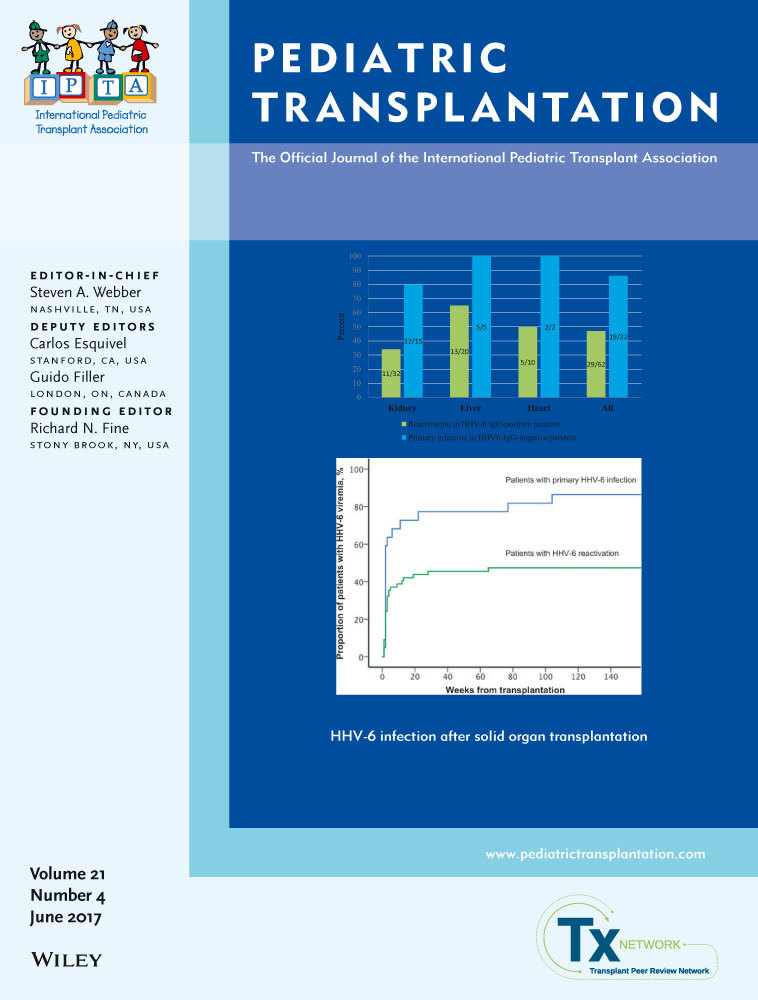Measures of and changes in heart rate variability in pediatric heart transplant recipients
Abstract
Heart rate variability is primarily regulated by the autonomic nervous system. Heart transplant recipients undergo surgical denervation of the graft, which results in interruption of autonomic innervation with resultant diminished heart rate variability although some degree of autonomic control may return. This study aimed to characterize heart rate variability in this population. We report a retrospective review of Holter monitor data from transplanted patients between 2005 and 2013. Studies with significant atrial or ventricular arrhythmias were excluded. We evaluated changes over time and compared standard time domain measures to published pediatric normal values. Data were reviewed from 582 monitors in 152 patients. We found that pediatric heart transplant recipients have lower heart rate variability than age-matched controls and higher average heart rate in recipients older than 3 years. There is an increase in measures of variability through the first 3 years post-transplant with plateau after that time. Surgical technique in regard to interruption of the vagus nerve does not affect variability, nor does underlying congenital vs acquired heart disease.




